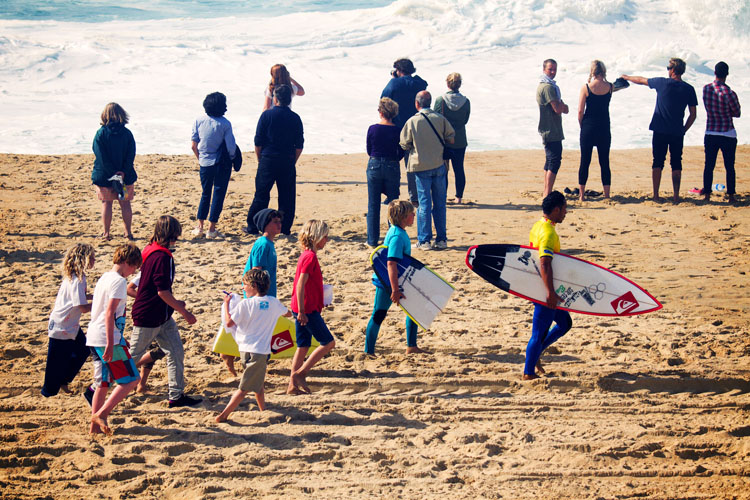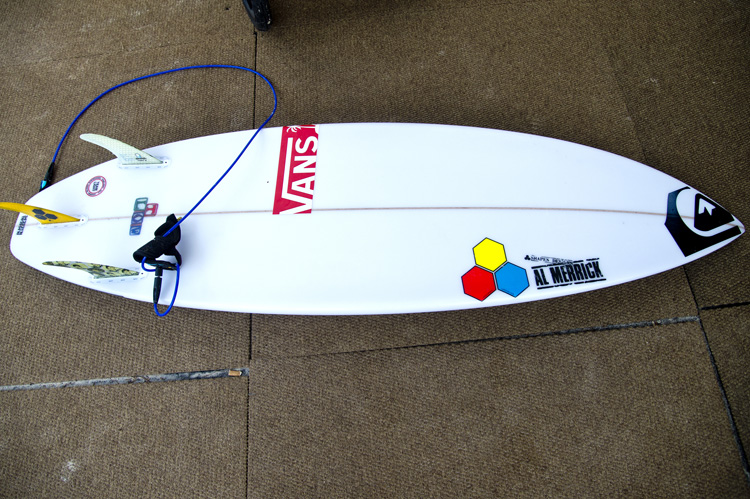Becoming a sponsored surfer is a hard-fought battle. There are thousands of aspiring pro surfers that may very well perform better than you, so the road's tough. Nevertheless, if you tick on some of our guidelines, the chances of getting companies behind your back will likely increase.
Brand managers are looking for awareness, awareness, and awareness. As a result, surf industry companies seek 360-degree athletes.
It's not all about surfing, you know. There are many intangible variables in the sponsorship equation.
The goal of a brand is to sell products and services. Sponsoring a surfer is investing in an ambassador and in someone who is able to commercially promote the company he represents.
Marketing is not making posters and stunning surf magazine ads. Marketing is much more than that.
It involves research, consumer profile analysis, focus groups, design, communication, and return on investment studies.
That is why surf brands know who they want to work with very well.
In a way, the sponsored surfer is also building its own personal brand from scratch by cementing a loyal base of followers and fans.
As you might have noticed, managing the art of surfing is not enough to get a decent sponsor on the tip of your surfboard.

Traditionally, brands are the ones who contact surfers, but it can happen the other way too. If a surfer identifies himself with a company, he may also make an alliance proposal.
You can be sponsored in many ways. Let's take a look at what benefits brands have to offer:
- Cash;
- Gear and surfboards;
- Apparel and accessories;
- Travels;
- Hotel stays;
- Food and drinks;
A professional surfer, on top of his/her career, usually has a broad range of sponsorships covering most of the financial requirements described above.
A 360-Degree Approach
But for this to happen, a professional surfer who is sponsored by multiple brands needs to have the following attributes:
- High-quality surf skills;
- Good physical appearance;
- Education, studies, and good manners;
- Healthy lifestyle;
- Strong, determined, and ambitious personality;
- Good interpersonal communication skills;
- Life story;
- A regular presence on social networks (Facebook, Twitter, Instagram, TikTok, Pinterest, Linkedin);
- Regular attendance in public events and charity programs;
- Sharing photos and thoughts in a personal blog;
Ultimately, professional surfers with great competitive successes are invited to join their sponsoring companies at the end of their careers.
But it is important to remember that the path to sponsorship begins on the first wave shared with friends; it runs through the wintertime training, the first victories and defeats at a local level, and will only be fully achieved on the big national and international stages. With wins and losses.
Quite often, when sponsors approach surfers, parents are the best advisors.
Later, as business proposals become more complex, a sports career manager should be involved in the surfer's daily life.
One thing is certain: Everything begins and ends in the waves. Time and patience are worth it.
All your personal investment in a professional surfing career will certainly result in a fulfilling experience.
